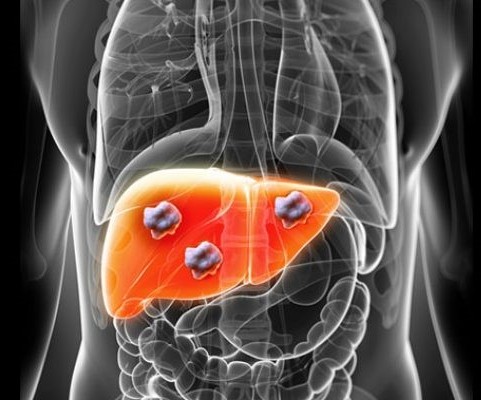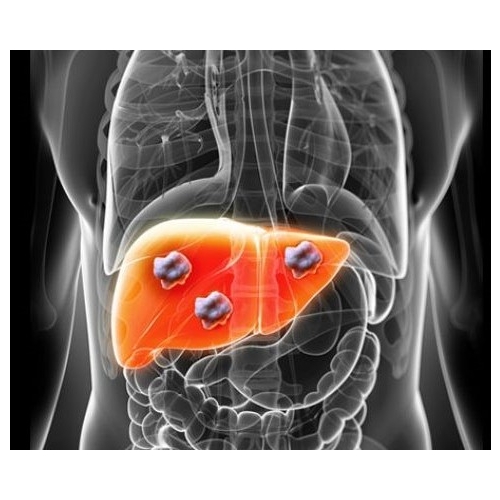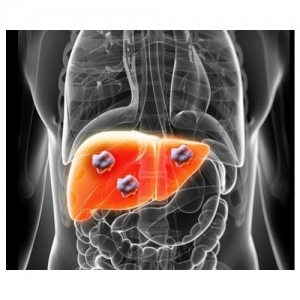
About Liver Cancer

(Picture source: European Organisation for Research and Treatment of Cancer, EORTC)
According to “Barcelona Clinic Liver Cancer” classification system, liver cancer (predominantly hepatocellular carcinoma, HCC) is generally classified into early, middle and late stage. The classification is mainly based on tumor size and number, which roughly classified into 1. Early stage – less than 3 (including) and small tumors, 2. Middle stage – multiple and large tumors, 3. Late stage – vascular invasion or metastasis showing tumor spreading.
Regarding the treatment options, for early-stage patients (30% of all liver cancer patients), the primary treatment option will be surgery, live transplantation, loco-regional ablation. For mid-stage patients (20% of all liver cancer patients), the standard treatment option is Trans-Arterial Chemo Embolization (TACE) such loco-reginal treatment. Other options include Trans-Arterial Radioactive Embolization (TARE), Hepatic Arterial Infusion Chemotherapy (HAIC), and etc. As for late-stage patients (50% of all liver cancer patients), targeted therapy, chemotherapy such systemic treatment, or supportive therapy are the preferred treatment options. Given that the symptoms are not obvious at the early stage of liver cancer, more than 50% of patients are first diagnosed at mid- to late-stage and are not suitable for surgery, liver transplantation or chemotherapy. The median of survival time is around 9-12 months.
As for mid-stage liver cancer, currently there is no recommended effective therapy for those patients owing to not being suitable for standard treatment TACE or TACE treatment failure. Given that the progression of liver cancer can be accelerated to late-stage within one year, there are medical needs for an effective and safe treatment option to slow down the disease progression. PTS here may provide a brand new treatment option for liver cancer patients in this stage.


